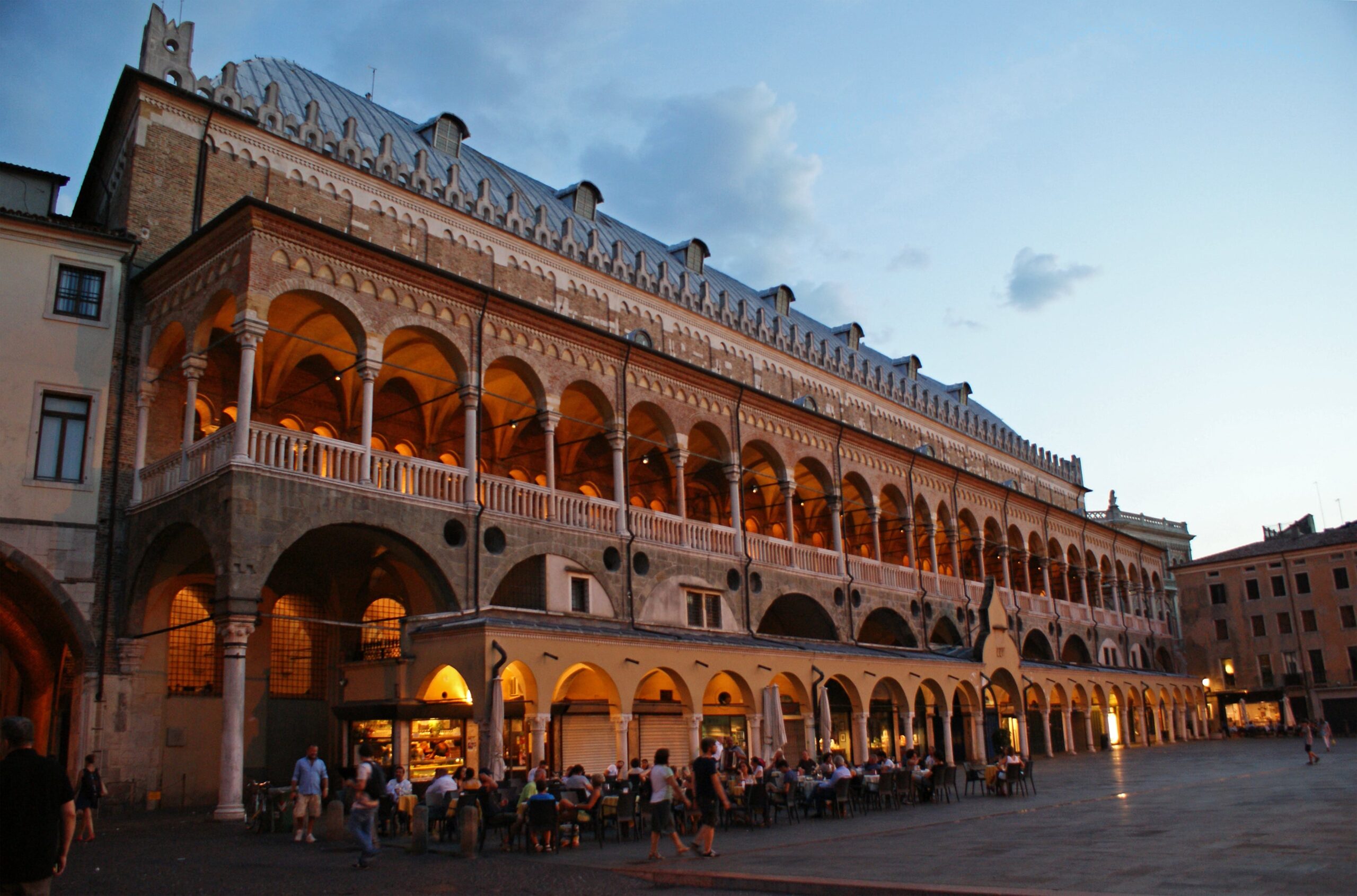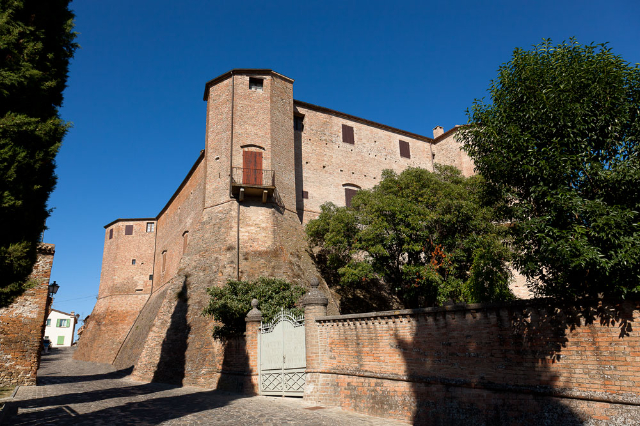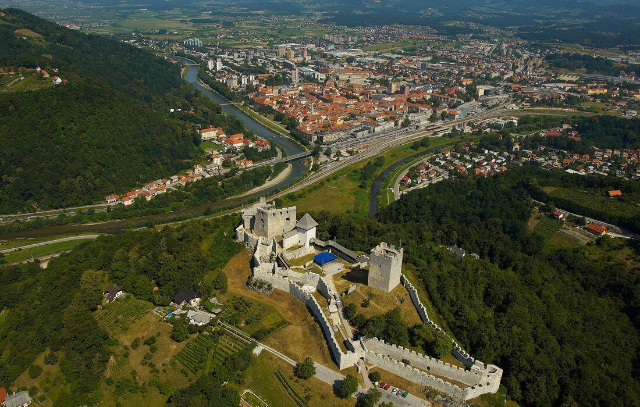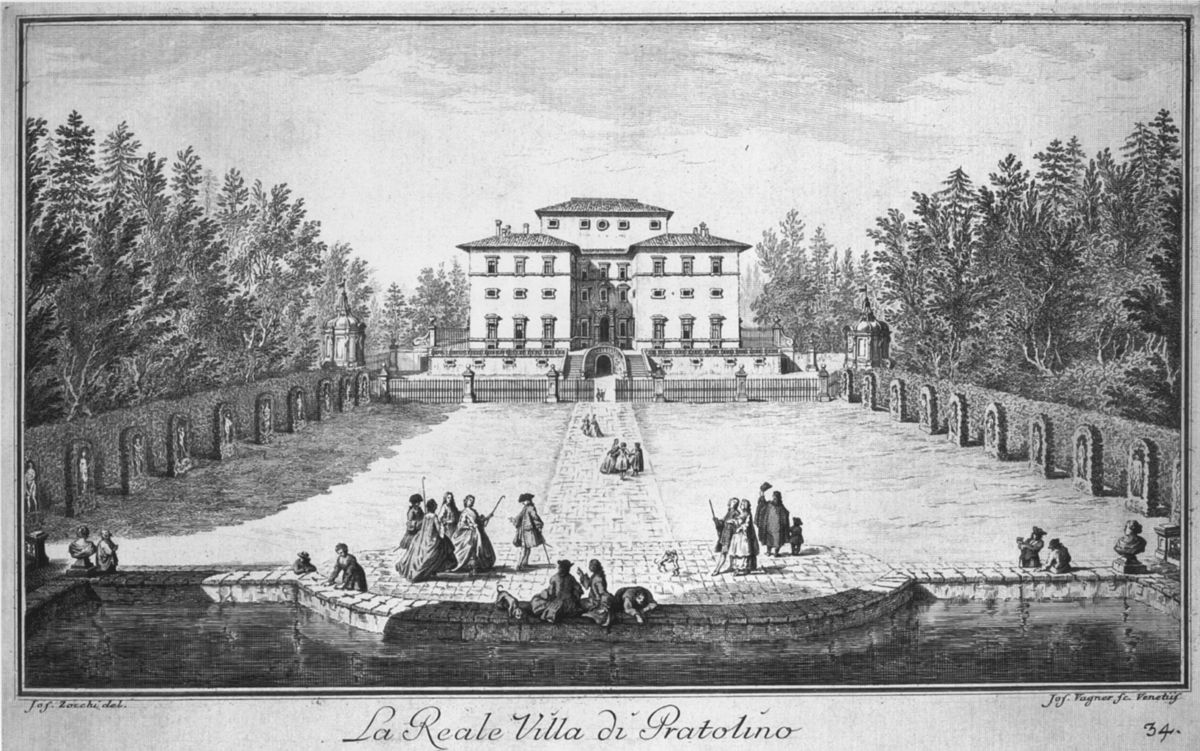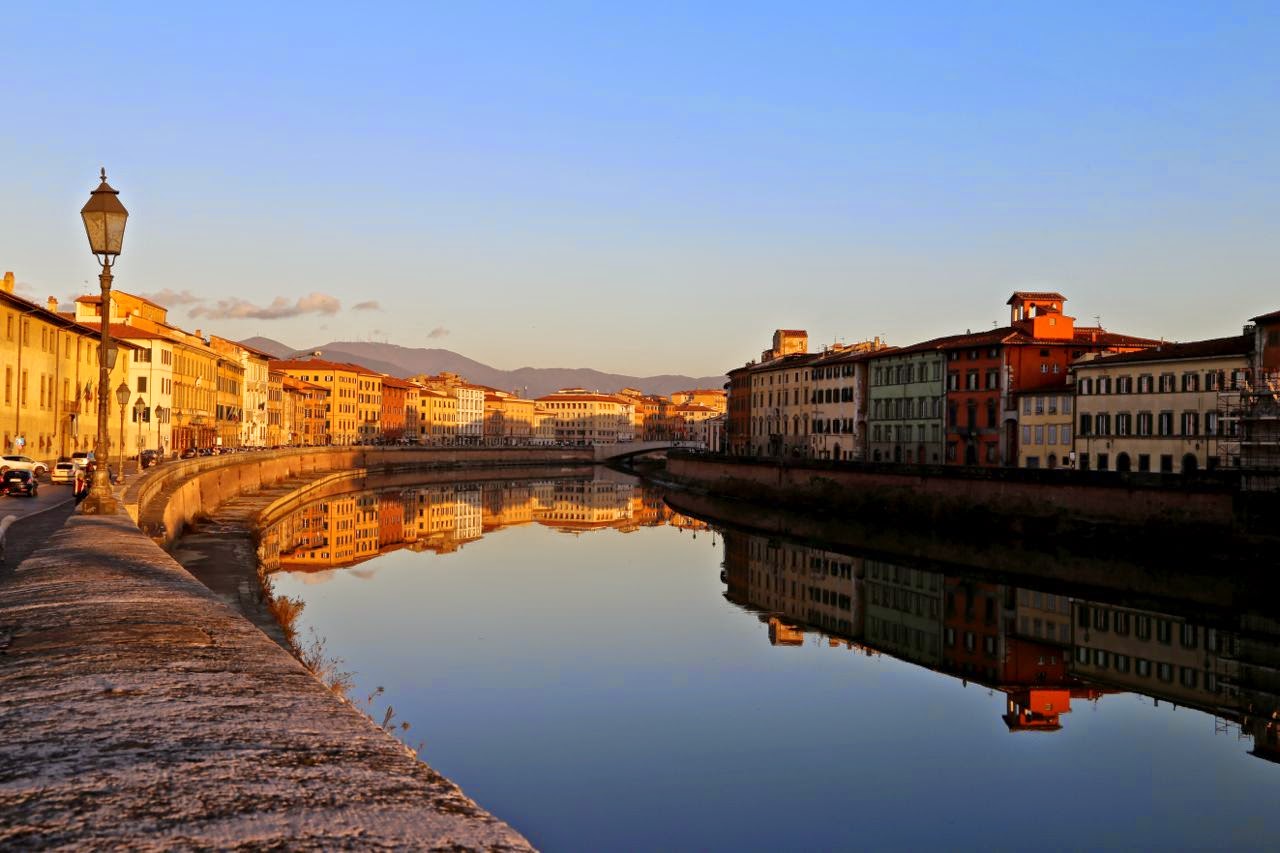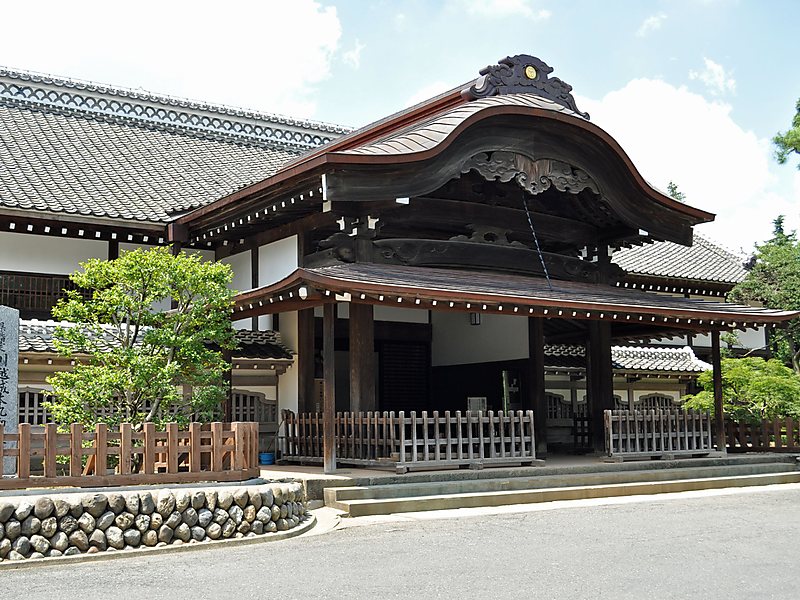The first act in the history of this building was the purchase in the early years of the 16th century by Don Ferrante Orsini, Duke of Gravina, of two plots of land belonging to the nuns of the nearby monastery of Santa Chiara. In the following years, the building of the palace began, which had to host the Orsini family, representing its prestige, and which is perhaps the greatest example of Neapolitan Renaissance architecture. The most striking element is certainly the facade, characterized on the ground floor by a high ashlar with four small windows on each side, and on the main floor by Corinthian pilasters alternating with white marble windows, surmounted by niches with garlands of fruit and flowers and portrait busts. \The inner courtyard is surrounded by porticoes with arches supported by piperno pillars, embellished with ornamental elements. In 1799, the palace was requisitioned by the Orsini family, to end up in French hands for the whole period of the revolution; in 1837, it was finally expropriated by the creditors of the family. In 1848, a fire devastated it, and the following year – following the acquisition for public utility by royal decree – the reconstruction began and some changes were made, such as the introduction of the ashlar on the side facades. Subsequently, it was the seat of various public administrations. Since 1936, Palazzo Gravina is the seat of the Faculty of Architecture of the University Federico II.


